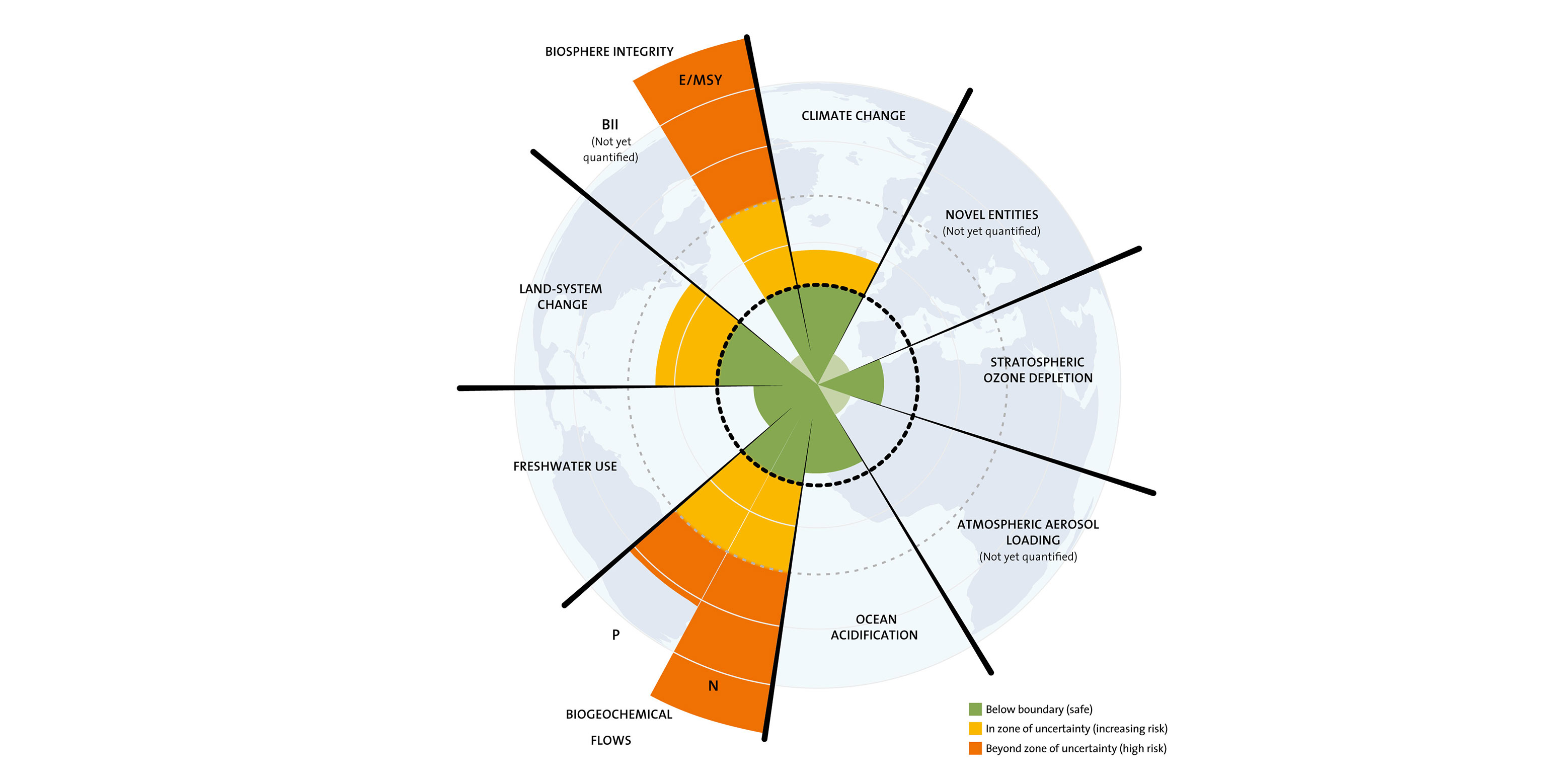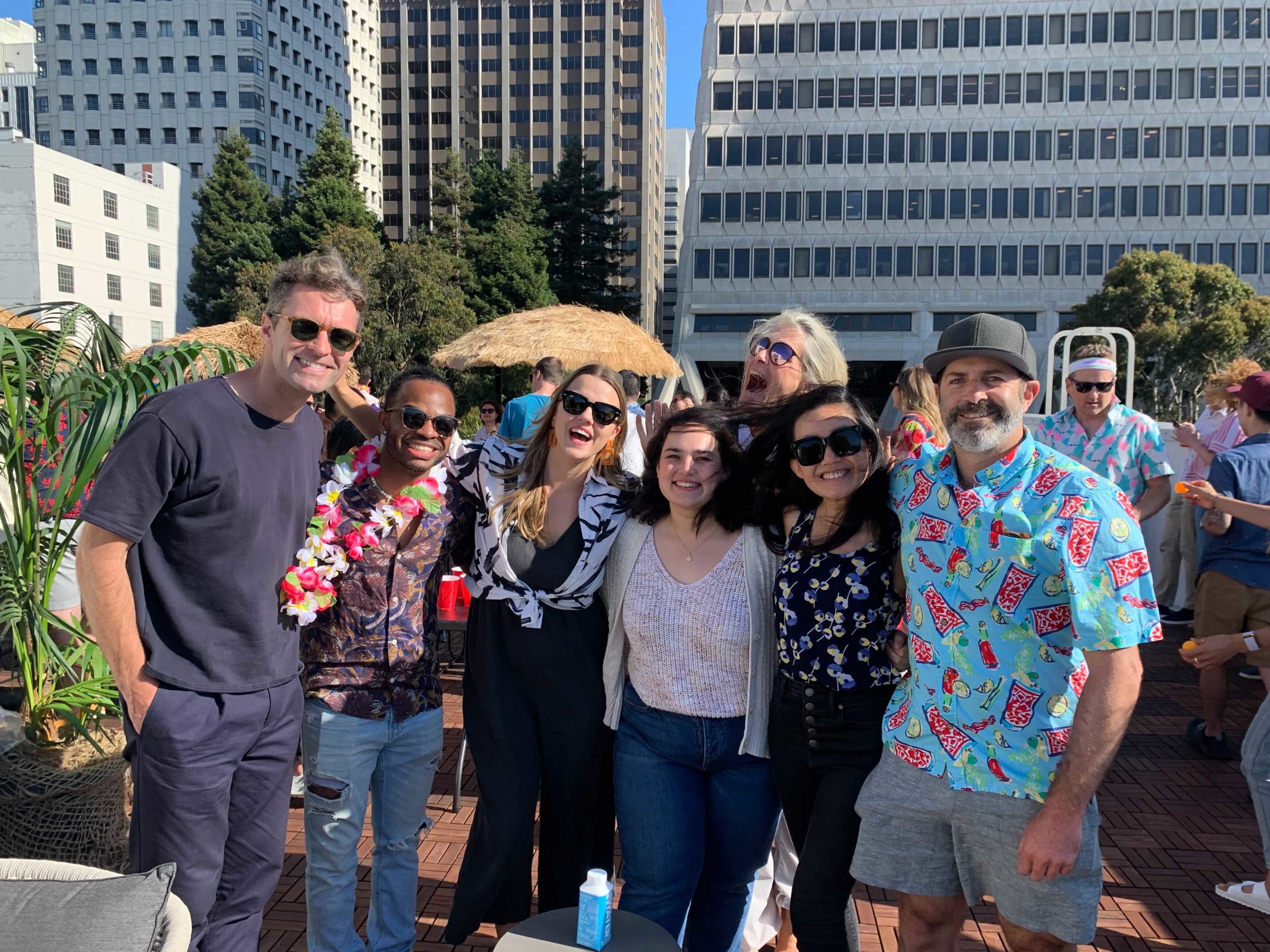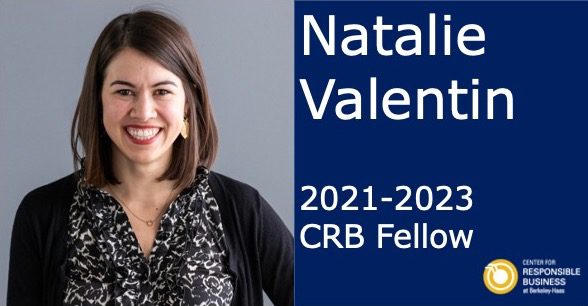Corporate sustainability leadership: What we can learn from the Nordics and California

Written by Isabella Martin, Master of Development Practice Candidate, Class of 2019
Sustainability is the talk of the town, particularly in the business world. Many companies are now reporting on sustainability however there are few regulations and a distinct lack of external verification. This means that issues such as ‘green washing’ and ‘SDG washing’ have become common, epitomised by flashy Corporate Social Responsibility (CSR) reports that lack substance. As such, many recognise that there is a need to ‘cut through the noise’, a topic discussed at the ‘Corporate Sustainability Leadership? The Nordics and California’ conference on March 21 and 22 at UC Berkeley.
The event was co-hosted by RealSusty, the Center for Responsible Business (CRB) and the SMART project. The main aim was to, ‘identify actual best practices and barriers’ present to realizing corporate sustainability on a global scale. This included discussions of both policy and business practice through a comparative look at the Nordics and California, perceived leaders in the space.
Beate Sjafjell, Professor in the Department of Private Law at the University of Oslo, headed up the conference claiming that sustainability is one the world’s most exploited terms and that there is currently a fight back against greenwashing. Sjafjell discussed how the United Nations’ Sustainable Development Goals (SDGs) are being lauded as the pinnacle of achieving sustainability but that we need to adopt a more analytical approach to avoid this green and SDG washing. One way to do this, developed in the Nordics by the Stockholm Resilience Centre, is to use the framing of the Planetary Boundaries, pictured below.


Source: Stockholm Resilience Centre
As of 2015, we have already transgressed 4 of 9 planetary boundaries, so how do we secure ourselves within the remaining? Sjafjell, referenced the reimagining of the SDGs to the above, where the emphasis is on the biosphere first. Some Nordic companies have recognised this view with Josef Nyström, from Swedish clothing company Houdini Sportswear, stating that engaging with the planetary boundaries is to take a holistic approach, where less is more and things must be built to last.
Sjafjell also highlighted the importance of restructuring and emphasizing partnerships between academics, business leaders and legislators. Beyond company involvement, Sjafjell recommended a need to move beyond political party debate to make drastic decisions. In my mind this means co-creating, promoting and adopting progressive policies in a process of collaboration with the above mentioned parties. So are California and the Nordics doing this and why have they been highlighted as sustainability pioneers?
David Vogel, Professor Emeritus of Business Ethics at UC Berkeley Haas, made a point that California leadership is a function of its regulation and that there are limits to what companies can do on their own. He stated that regulation is a necessary condition particularly for environmental improvement. Patagonia, arguably California’s most popular sustainable clothing brand, grew in this environment whether as a product of this regulation or due to stellar corporate leadership. Vincent Stanley, from Patagonia, discussed how they changed their mission statement to a decisive, “Patagonia is in business to save our home planet.” This move was made to express the urgency of the environmental crisis and highlight that every business must have a strong sense of agency and responsibility. So, whether it is the legislators or company leadership that is leading sustainability in California, what was not clear was whether there was much of the above-mentioned collaboration- something I would like to see more of.
So what about the Nordics, what can we learn from them? Jukka Mähönen, Professor of Law at the University of Oslo, described the Nordics as an example of ‘weak sustainability’ in that there is implicit corporate sustainability, outside their model of governance. This was exemplified by the Nordic companies represented at the conference; Equinor, H&M, Houdini Sportswear, Norsif and Novo Nordisk. What exactly is it that differentiates these companies? Luisa Book, Engagement Lead for Fair Jobs at H&M, spoke of the importance of the tone from the top and that they are a values-driven company largely influenced by Swedish culture. Susanne Stormer, Vice President of Sustainability at Novo Nordisk, also referenced the values-based approach. At Novo Nordisk they have identified three elements to a sustainable business; relevance, resilience and doing business in a financially, environmentally and socially responsible way.
How can one measure this and analyze materiality? Stormer proposes a ‘forward-looking systems-based approach, called theFuture Fit Business Benchmark, developed in Denmark. Through this free tool companies can look at the negatives and positives of their operations and assess their long-term value, in a more rigorous manner than standard CSR reporting. Novo Nordisk has participated in the process but, as Stormer acknowledges, it will not be a benchmark unless more than one company do it. In my opinion, it is important to consider new, more transparent and comprehensive means of reporting because current reporting rules are not clear or enforceable. It would be interesting to see both Nordic, US and of course companies from other countries adopt this framework to see how they benchmark against each other and how this could potentially spur more collaboration across boundaries.
However, it’s not just companies, in both the Nordics and California, who play a role in achieving corporate sustainability, it’s also investors in these countries. Monica Mee, Sustainability Specialist from Nordea and Norsif, spoke of how all investment in the future will be sustainable. That the only way to have a stable financial market is to minimize risk and this will lead to the Green Economy being the growth story of the 21st century. These investment risks were addressed by Amelia Miazad, Director of the Business In Society Institute at Berkeley Law, who spoke of how ‘unsustainability’ is inherently more risky today. This is for many reasons not limited to; public corporate leadership persecution, employee backlash, social norms rapidly shifting and the risk of litigation. Mark Taylor, Postdoctoral Fellow at the University of Oslo, spoke of the role of litigation in regulatory attempts to control or promote sustainability and that there has been a new wave of climate litigation, which is both highly contentious and political. What was interesting from these discussions was the intertwined nature of legislators, investors, companies and the law.
Time and time again collaboration was emphasized as of key importance to achieving corporate sustainability. Georgina Tsagas, Lecturer in Law at the University of Bristol, strongly stated that we have to move from competition to collaboration. To examine public and private initiatives in isolation is to provide very little insight into the real world. If we want to identify true sustainability we must look at sustainability actors and how they interact. These can be enlightened investor types, progressive governments and laws/policies on sustainability. Moreover, it seems that more than just examination we should be encouraging and promoting relationships between these players.
Robert Strand, Executive Director of the CRB, rounded out the conference by acknowledging that no country is doing well enough on the SDGs, even the Nordics are falling short. However, the Nordics can provide inspiration as they epitomise the collaboration approach towards business, society and politics espoused by many speakers at the conference. I believe that California is in a unique position to move towards further achieving sustainability in all aspects of life and the key to it all, it seems, is collaboration both within the country and across borders.
About the Author

Isabella Martin, MDP ‘19 Candidate
Isabella is a second year Master of Development Practice student in the College of Natural Resources. Prior to graduate school she worked both in corporate events and for the non-profit sector. She is currently interested in corporate social responsibility and socially responsible investing. Her final capstone project is researching Impact Investing and the UN Sustainable Development Goals.


